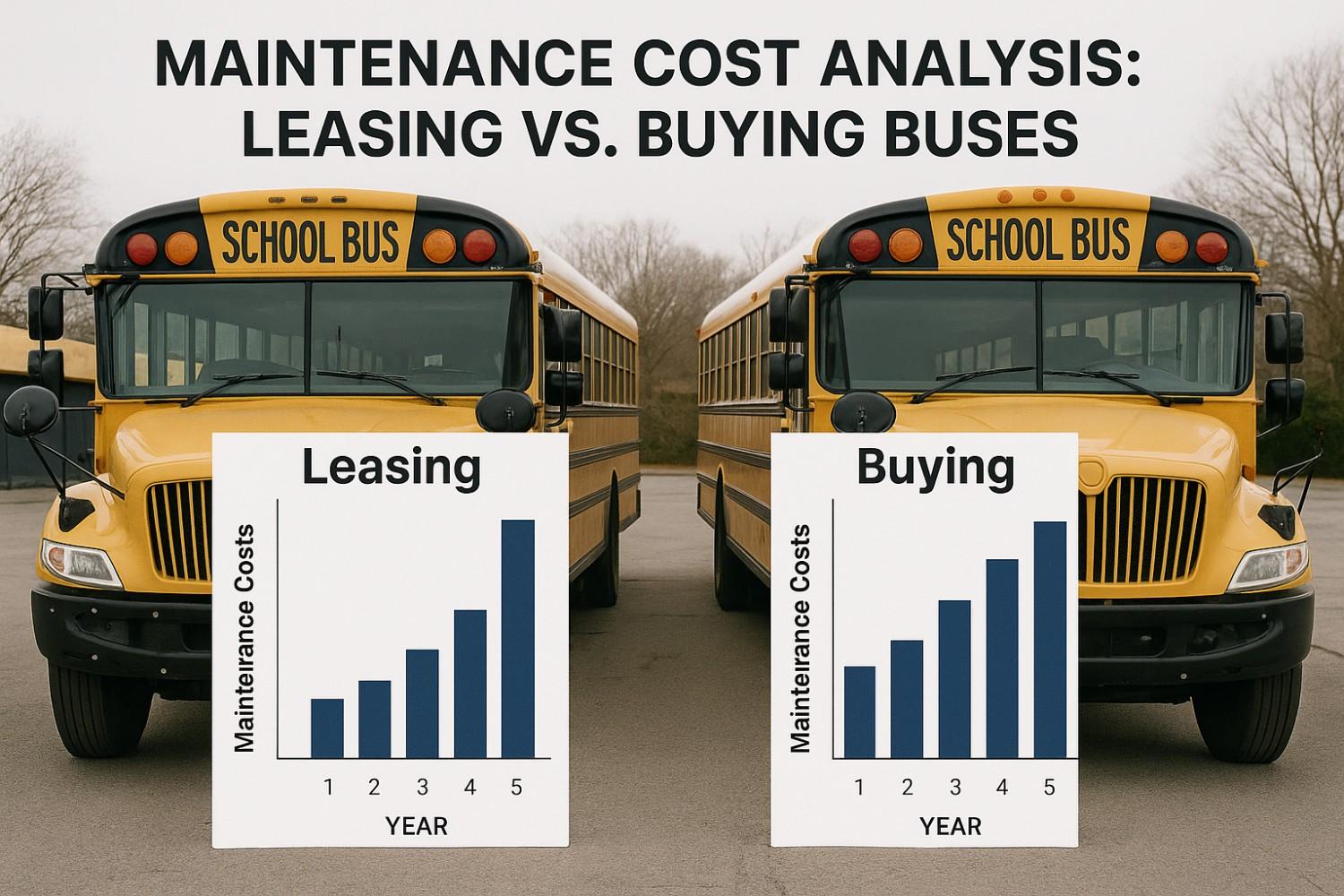Managing fleet accounting in manufacturing can feel like juggling flaming torches while riding a unicycle. Between tracking maintenance costs, managing work orders, and keeping your CFO happy with accurate financial reports, it's easy to feel overwhelmed. But here's the good news: integrating your QuickBooks fleet integration with a robust CMMS (Computerized Maintenance Management System) can transform this chaos into a well-oiled machine.
For US manufacturing professionals, this integration isn't just a nice-to-have—it's becoming essential for staying competitive. When your maintenance data flows seamlessly into your accounting system, you gain unprecedented visibility into your fleet's true operational costs and can make data-driven decisions that impact your bottom line.
Why QuickBooks and CMMS Integration Makes Perfect Sense
Picture this: your maintenance team completes a major repair on your forklift fleet, but the costs don't show up in your financial reports for weeks. Meanwhile, your procurement team is making budget decisions based on incomplete data. This disconnect between maintenance operations and financial tracking is exactly what CMMS QuickBooks sync solves.
The integration creates a direct bridge between your maintenance activities and financial records. Every work order, parts purchase, and labor hour automatically flows into QuickBooks, giving you real-time visibility into your fleet's financial performance. This means no more manual data entry, reduced errors, and most importantly, accurate cost tracking that helps you optimize your maintenance budget.
Manufacturing companies using this integration typically see a 30-40% reduction in administrative time spent on maintenance accounting, while improving cost accuracy by up to 25%. These aren't just numbers—they represent real savings that go straight to your bottom line.
Setting Up Your Integration: The Technical Foundation
Getting your QuickBooks and CMMS systems talking to each other requires careful planning, but the payoff is substantial. Start by ensuring both systems are properly configured for integration. Your CMMS should have robust API capabilities, while your QuickBooks setup needs to accommodate the specific data fields you'll be syncing.
The key integration points include work order costs, inventory transactions, vendor payments, and labor tracking. Each of these data streams needs to map correctly between systems to maintain data integrity. Most modern CMMS platforms offer pre-built QuickBooks connectors, but customization is often necessary to match your specific workflows.
Consider implementing a staged rollout approach. Start with basic work order cost syncing, then gradually add inventory management and vendor integration. This allows your team to adapt to the new processes without overwhelming them with too many changes at once.
Optimizing Cost Tracking and Reporting
Once your integration is live, the real magic happens in your reporting capabilities. With fleet accounting data flowing directly from maintenance activities into QuickBooks, you can generate comprehensive cost reports that were previously impossible or extremely time-consuming to create.
Set up automated reports that track maintenance costs per asset, department, or time period. This granular visibility allows you to identify patterns, such as which equipment requires the most maintenance investment or which maintenance strategies deliver the best ROI. You can also establish cost centers in QuickBooks that align with your fleet categories, making it easier to allocate costs accurately.
The integration also enables predictive cost analysis. By analyzing historical maintenance patterns alongside current financial data, you can forecast future maintenance expenses more accurately and make informed decisions about equipment replacement versus repair.
Streamlining Inventory and Purchasing Workflows
One of the most significant benefits of CMMS-QuickBooks integration is the streamlined inventory management. When your maintenance team uses parts from inventory, the transaction automatically updates both your CMMS stock levels and QuickBooks inventory values. This real-time synchronization eliminates the discrepancies that plague many manufacturing operations.
Purchase orders generated in your CMMS can automatically create corresponding entries in QuickBooks, complete with proper cost center allocation and vendor information. This eliminates duplicate data entry and ensures that all maintenance-related purchases are properly tracked and categorized from the moment they're initiated.
The integration also enables better vendor management by consolidating maintenance spending data with your accounting records. You can easily track vendor performance, negotiate better rates based on actual spending volumes, and ensure compliance with payment terms and purchasing policies.
Ready to Transform Your Fleet Accounting?
Don't let manual processes and disconnected systems hold back your manufacturing operation. Our CMMS solution offers seamless QuickBooks integration that can revolutionize your fleet accounting.
Getting StartedBook a Demo
Best Practices for Ongoing Success
Implementing the integration is just the beginning. To maximize the benefits of your QuickBooks-CMMS connection, establish regular review processes to ensure data accuracy and system performance. Schedule monthly reconciliation sessions where your maintenance and finance teams verify that all transactions have synced correctly.
Train your team on the new workflows and establish clear protocols for handling exceptions. When integration issues arise, having well-defined escalation procedures ensures quick resolution and minimizes disruption to your operations.
Consider setting up automated alerts for significant cost variances or unusual spending patterns. This proactive approach helps you catch potential issues before they become major problems and demonstrates the value of your integrated system to senior management.
Regular system updates and maintenance are crucial for long-term success. Both QuickBooks and CMMS platforms frequently release updates that can affect integration functionality. Stay current with these updates and test your integration thoroughly after any system changes.
Conclusion: Your Path to Streamlined Fleet Accounting
Integrating QuickBooks with your CMMS isn't just about connecting two software systems—it's about creating a unified approach to fleet management that delivers real business value. The combination of accurate cost tracking, streamlined workflows, and comprehensive reporting gives you the tools needed to optimize your maintenance operations and improve your bottom line.
For US manufacturing professionals, this integration represents a competitive advantage that's becoming increasingly important in today's cost-conscious environment. Companies that embrace this technology gain better visibility into their operations, make more informed decisions, and ultimately operate more efficiently than their competitors.
The implementation process requires careful planning and execution, but the benefits far outweigh the initial investment. From reduced administrative burden to improved cost accuracy, QuickBooks-CMMS integration delivers measurable results that impact every aspect of your fleet management operation.
Take the first step toward streamlined fleet accounting today. Your future self—and your CFO—will thank you for making this smart investment in your manufacturing operation's efficiency and profitability.
Transform Your Fleet Management Today
Join thousands of manufacturing professionals who have already streamlined their fleet accounting with our integrated CMMS solution.
Getting StartedBook a Demo








